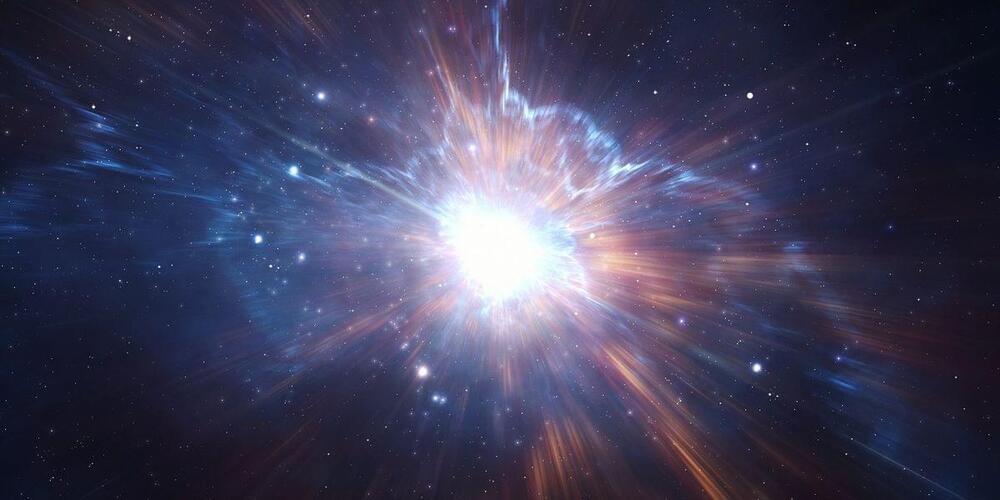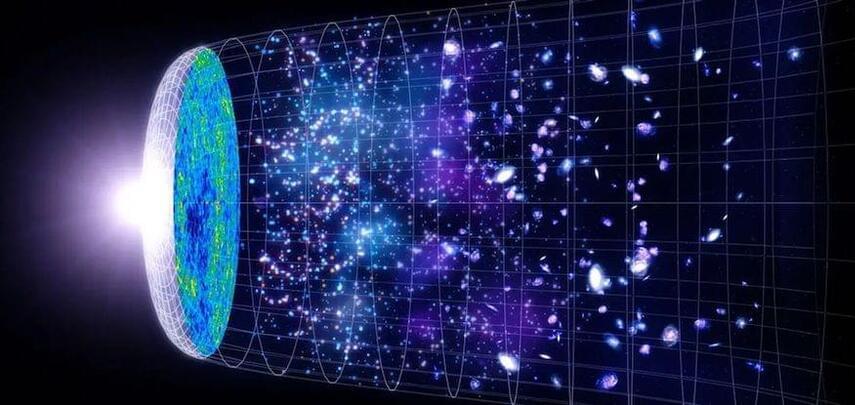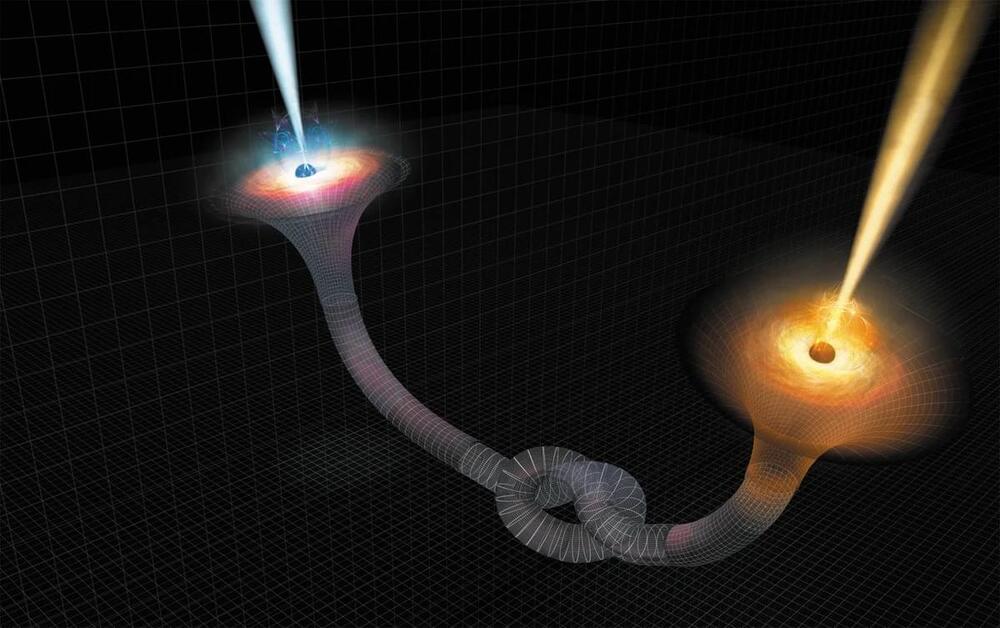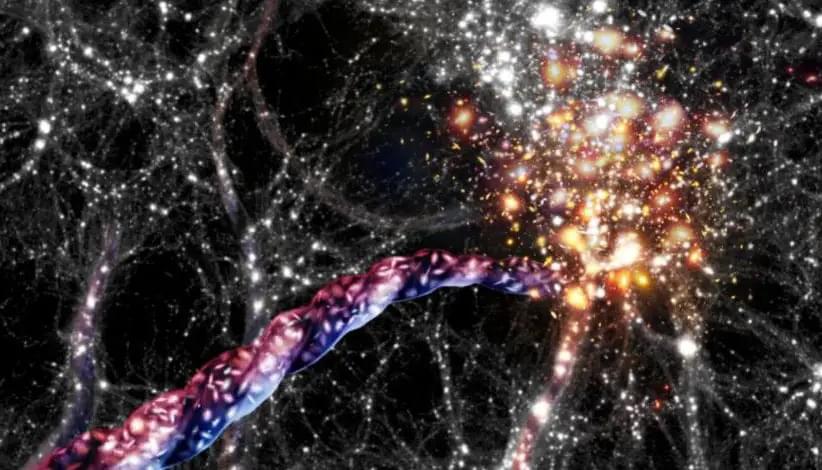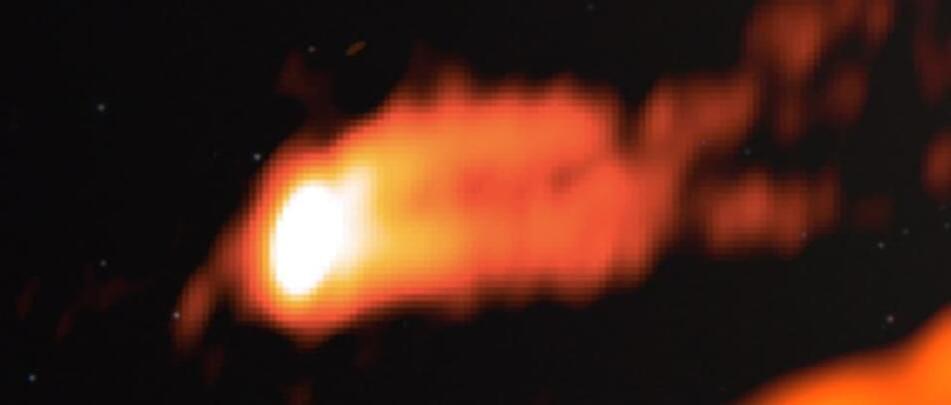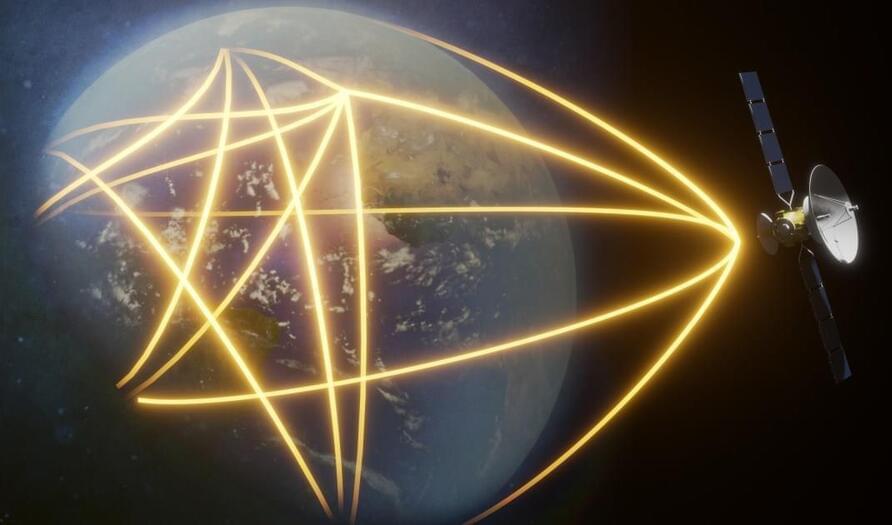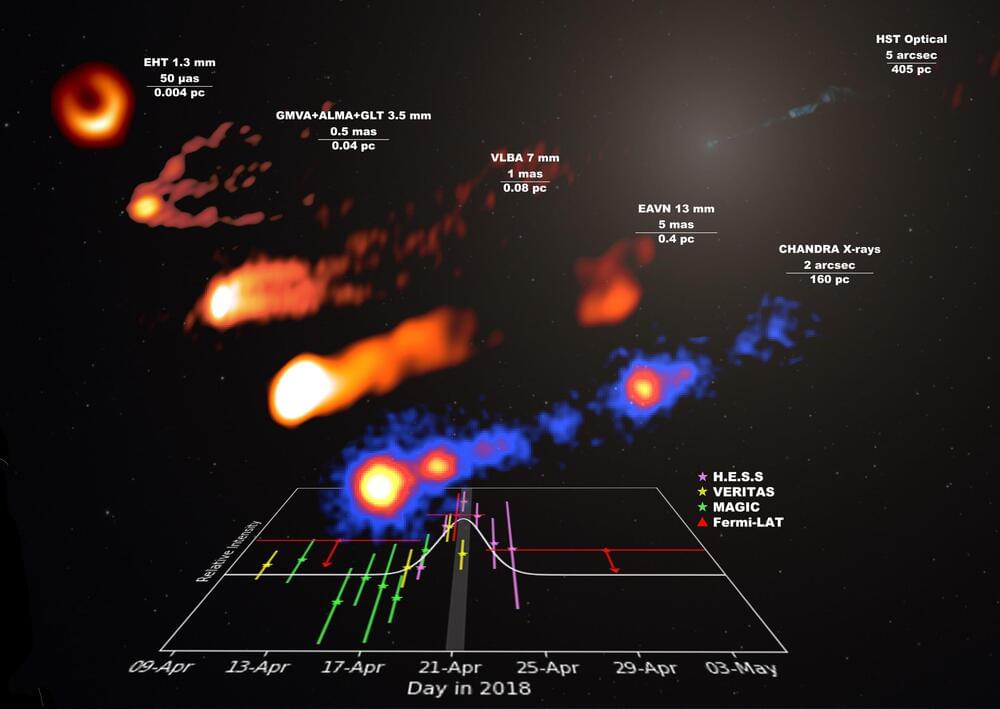Far from being an edgier sequel to the sitcom starring Jim Parsons, the ‘dark big bang’ – also known as the ‘second’ big bang – is believed by scientists to potentially be the event which brought about dark matter in our universe.
Such an idea was floated by University of Texas researchers Katherine Freese and Martin Wolfgang Winkler in a paper published in Physical Review Dback in April 2023.
The abstract to the research notes the “hot big bang” is considered to be the origin story behind “all matter and radiation in the universe”, and that there is “strong evidence” that the early universe “contained a hot plasma of photons and baryons with a temperature”
